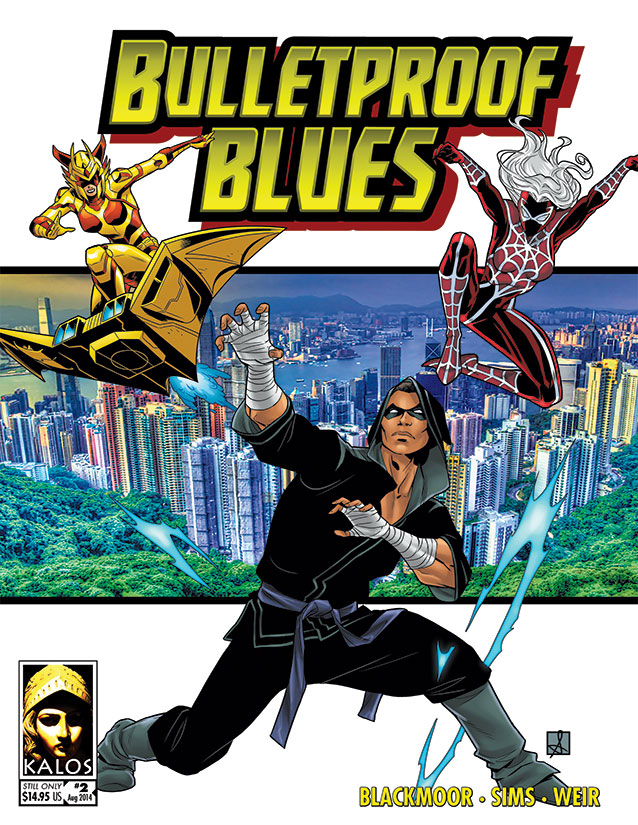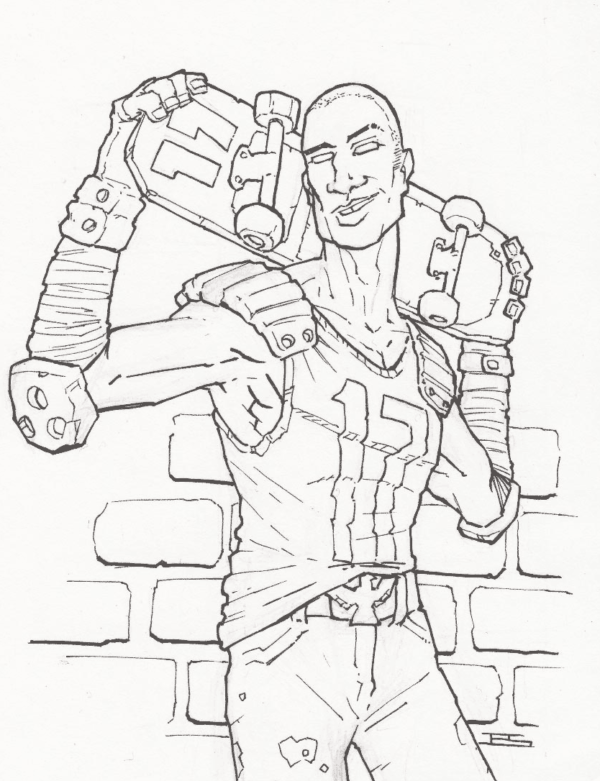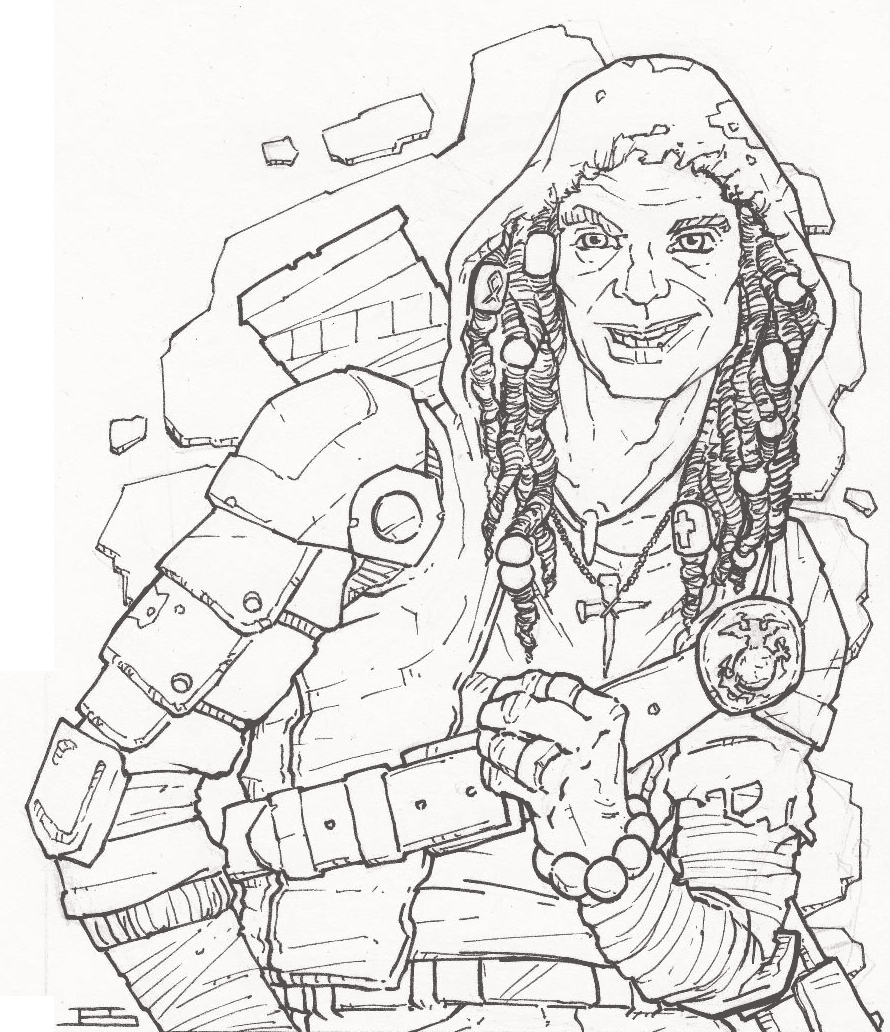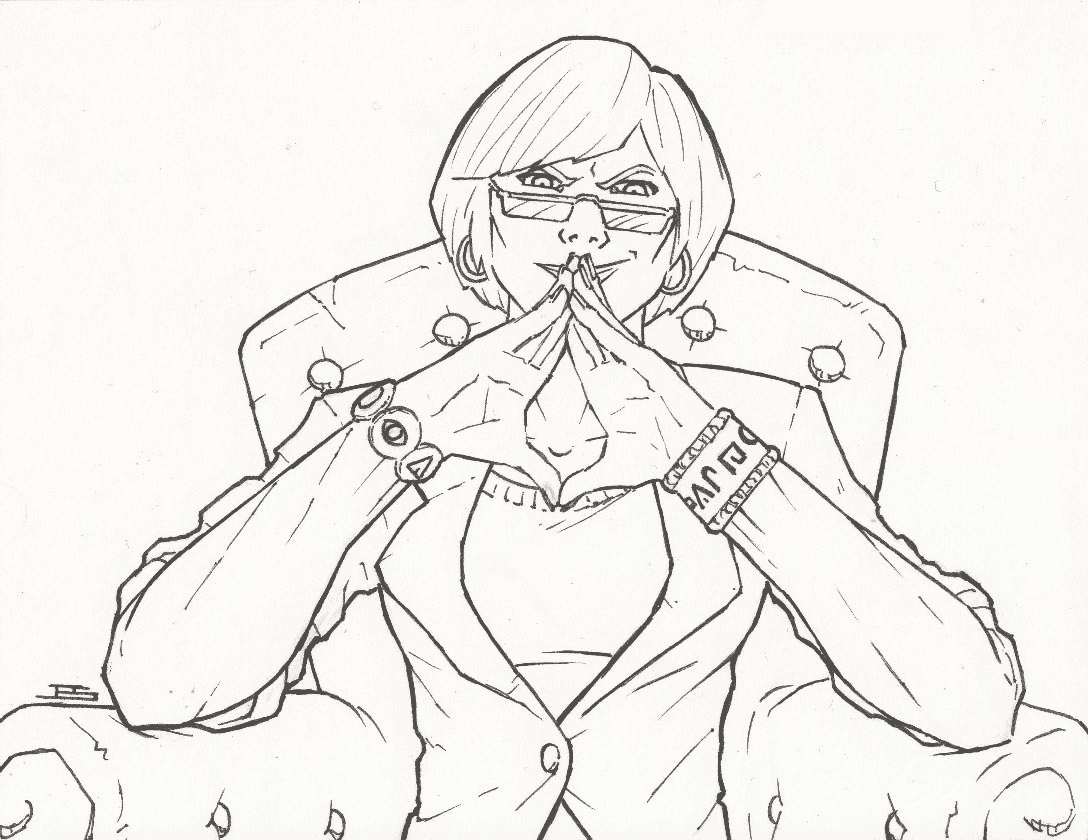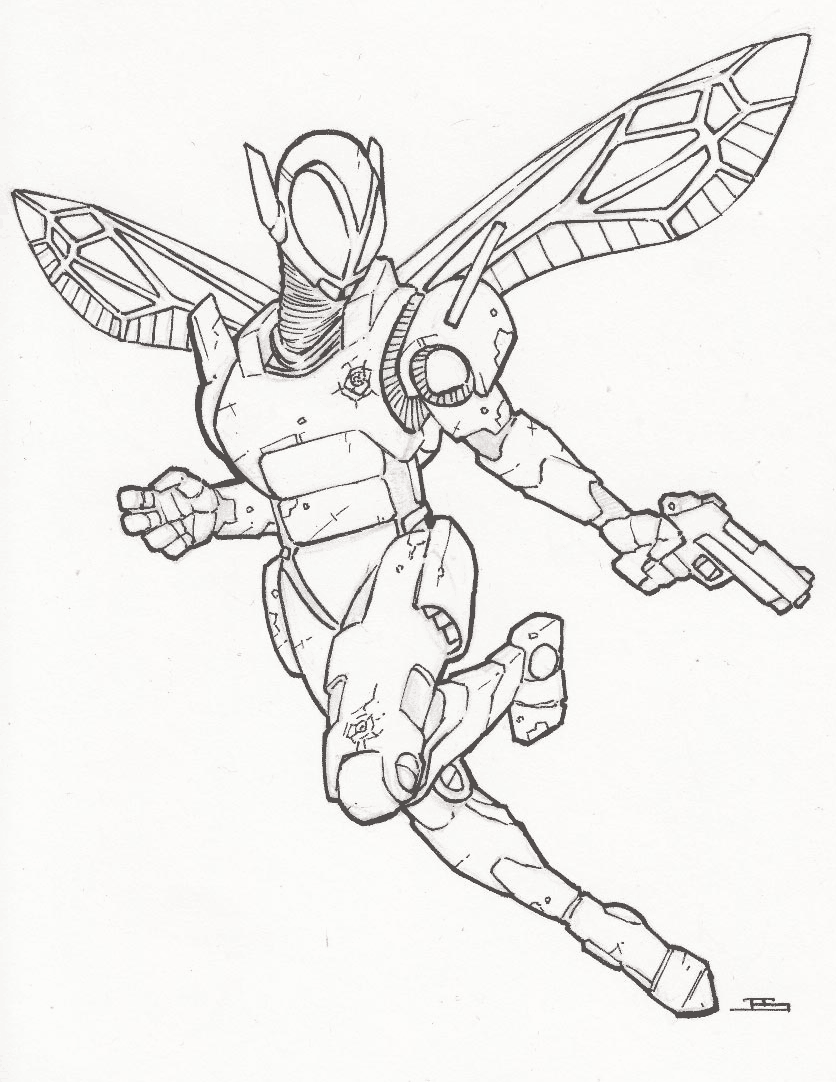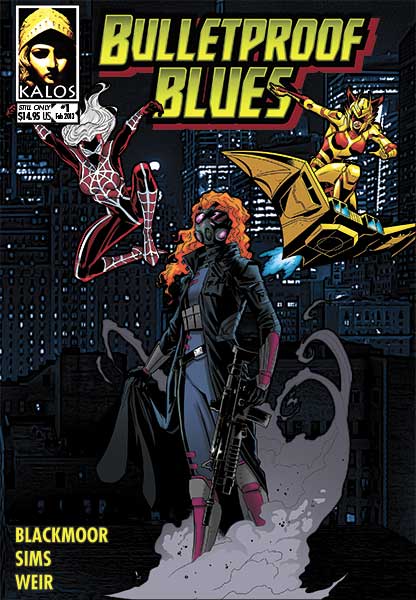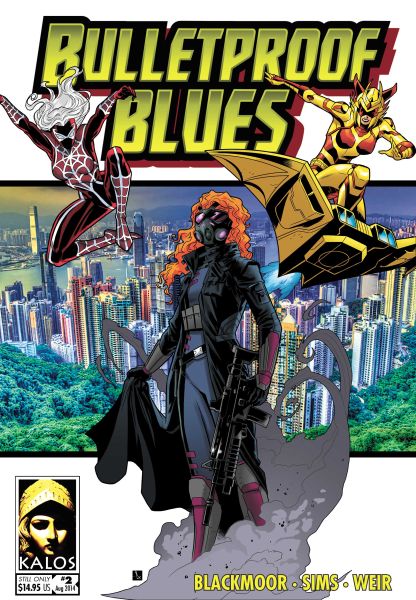I have been thinking about fine-tuning the game system we’re using in ZeroSpace. ZeroSpace is space opera (or space fantasy), but the game mechanics are intended to be general enough to adaptable to most genres, and I would eventually like to write variations for sword & sorcery, and perhaps one or two more genres.
Specifically, I think combat resolution is cumbersome, but I have not thought of a way to simplify it that I like any better. The gist of it is this:
“to hit”: attacker rolls 2d6 + attacker’s attribute (+/– 3**) vs. 8 + defender’s attribute (+/– 3**)
“damage”: defender rolls 2d6 + protection attribute (typically Brawn) + protection rating (typically armor) vs. 8 + damage rating of attacker’s weapon
** A bonus is always +3. A penalty is always -3. Only one bonus or one penalty applies to a single roll. If the character has both a bonus and a penalty, they cancel out and are disregarded.
See, just typing that out gives me a headache. So let’s go through this step by step and see if we can get somewhere interesting….
“to hit”: attacker rolls 2d6 + attacker’s attribute (Prowess or Accuracy) (+/– 3**) vs. 8 + defender’s attribute (Prowess or Agility) (+/– 3**)
“damage”: defender rolls 2d6 + protection attribute (typically Brawn) + protection rating (typically armor) vs. 8 + damage rating of attacker’s weapon
Thinking of this algebraically… if we treat “vs” as “minus” (because >= is a success), we get…
“to hit”: ( attacker rolls 2d6 + attacker’s attribute (Prowess or Accuracy) (+/– 3**) ) – ( 8 + defender’s attribute (Prowess or Agility) (+/– 3**) )
“damage”: ( defender rolls 2d6 + protection attribute (typically Brawn) + protection rating (typically armor) ) – ( 8 + damage rating of attacker’s weapon )
To make this simpler to read, making these replacements:
attacker’s “+/-3” >> “+ modA”
defender’s “+/-3” >> “+ modD”
“damage rating of attacker’s weapon” >> “DR”
etc.
attacker roll: ( 2d6 + (ProwessA or AccuracyA) + modA ) – ( 8 + (ProwessD or AgilityD) + modD )
defender roll: ( 2d6 + BrawnD + armor ) – ( 8 + DR )
Moving things around so that the attacker’s roll can be compared to the defender’s roll…
attacker roll: ( 2d6 + (ProwessA or AccuracyA) + modA ) + ( 8 + DR )
defender roll: ( 2d6 + BrawnD + armor ) + ( 8 + (ProwessD or AgilityD) + modD )
Simplifying…
attacker roll: ( 2d6 + (ProwessA or AccuracyA) + modA + 8 + DR )
defender roll: ( 2d6 + BrawnD + armor ) + 8 + (ProwessD or AgilityD) + modD )
Simplifying…
attacker roll: ( 2d6 + (ProwessA or AccuracyA) + modA + DR )
defender roll: ( 2d6 + BrawnD + armor ) + (ProwessD or AgilityD) + modD )
Simplifying…
attacker roll: ( 2d6 + (ProwessA or AccuracyA) + modA + DR )
defender roll: ( 2d6 + (ProwessD or AgilityD) + modD + BrawnD + armor ) )
Currently, the damage rating of ranged weaons is fixed, while the damage rating of hand-to-hand weapons is equal to the rank of the weapon or the character’s Brawn rank + 1, whichever is greater. Perhaps the protection rating (PR) of armor should work the same way.
attacker roll: ( 2d6 + (ProwessA or AccuracyA) + modA + DR )
defender roll: ( 2d6 + (ProwessD or AgilityD) + modD + PR )
Because opposed rolls exaggerate the extremes and flatten the median, we will replace the defender’s 2d6 with 8…
attacker roll: ( 2d6 + (ProwessA or AccuracyA) + modA + DR )
defender: ( 8 + (ProwessD or AgilityD) + modD + PR ) )
Which gives us…
The attacker rolls 2d6 + (their Prowess or Accuracy) + the damage rating of the attack [+3 if the attacker has a bonus, or or -3 if the attacker has a penalty]
The attacker compares this roll to the attack difficulty, which is…
8 + (the defender’s Prowess or Agility) + the defender’s protection rating [+3 if the defender has a bonus, or or -3 if the defender has a penalty]
If the attacker’s roll equals or exceeds the attack difficulty, the attack hits. How much the attack roll exceeded the attack difficulty determines the damage inflicted.
What do you think? How does that sound?
I am thinking of perhaps simplifying it one step further, and combining Prowess and Accuracy into a single attribute. After all, weapon specialization is primarily a factor of buying expertise with a weapon type, so there’s not really a need to differentiate them with different attributes.

